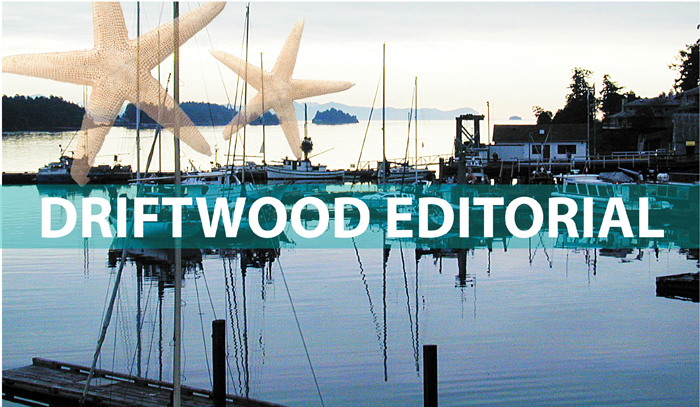This week’s issue of the Driftwood could potentially have presented one last story about a bylaw to allow accessory dwelling units on some Salt Spring properties.
After Salt Spring Local Trust Committee (LTC) Bylaw 537 received three readings on Jan. 22 and the Islands Trust’s Executive Committee (EC) passed a motion approving the bylaw at its Feb. 28 meeting, the only thing left was for the LTC to give it fourth reading and adopt it on Thursday, March 7.
However, after absorbing a scathing letter sent by Tsawout First Nation Chief Abraham Pelkey to the EC denouncing the complete lack of engagement with his nation about the bylaw, the Salt Spring LTC decided to put Bylaw 537 on hold until further conversations could be held between the Trust and Tsawout.
This isn’t the first time we’ve seen Salt Spring land use matters tripped up by alleged lack of engagement with First Nations in recent years, so it’s disappointing to see the same situation arise once again. Each time, the Trust declares it must do better at ensuring First Nations are engaged in the planning process, if not involved in a hands-on way, while clarifying that First Nations do not have veto power over local bylaws. But how to ensure an adequate amount of discussion and consultation happens in a satisfactory way seems to elude the Trust when the rubber hits the road.
On this occasion, perhaps, the province can bear some responsibility. It was likely the province’s “more housing faster” policy path that encouraged the LTC to take the no-referrals-required route when it crafted Bylaw 537 from the rubble of the Bylaw 530 process. That tool still sits on the books, even though taking shortcuts when it comes to public engagement doesn’t reflect B.C.’s other current policy emphasis: the importance of consulting with First Nations on all matters.
Whatever the reason for the Salt Spring LTC acting as if the Tsawout didn’t need to be engaged on the Bylaw 537 process, they and the Trust as a whole need to work with the region’s First Nations to create some solid, mutually agreed-upon and practical policies for addressing future projects and bylaws.

